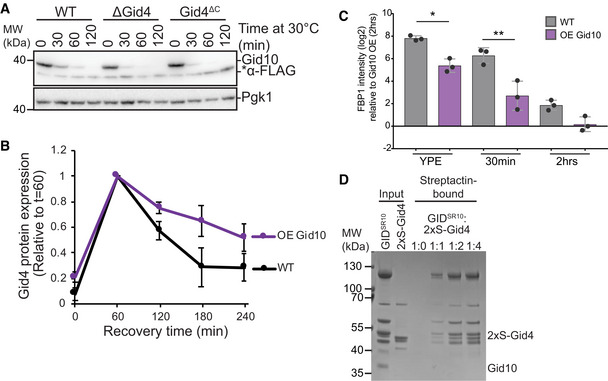Figure 2. Gid4 and Gid10 compete for binding to GIDAnt .

- Lysates from wildtype, ΔGid4, and Gid4ΔC strains expressing endogenously tagged 3xFLAG‐Gid10 that were grown at 42°C for 1 h, and then returned to 30°C for the indicated timepoints were run on an SDS‐PAGE gel and immunoblotted with αFLAG and αPGK.
- Wildtype and Gid10 overexpressing yeast strains expressing endogenously tagged Gid4 were grown for 19 h in YPE, and transitioned to YPD for the indicated timepoints. Lysates were run on an SDS‐PAGE gel and immunoblotted with αFLAG and αPGK. Points represent mean, error bars represent standard deviation (n > 3 biological replicates).
- Fbp1 protein abundance in wildtype and Gid10 overexpressing yeast strains grown in YPE for 19 h, and following 30 min and 2 h recovery growth in YPD. Bars represent mean, error bars represent standard deviation, significance was determined by one‐way ANOVA (unpaired) followed by Tukey’s multiple comparison test, * indicates P < 0.05, ** indicates P < 0.01, (n = 3 biological replicates).
- In vitro competition assay probing the ability of N‐terminally 2xStrep‐tagged Gid4 (2xS‐Gid4) to exchange with Gid10 in the GIDSR10 complex. Proteins after Strep‐Tactin pull‐down were visualized by Coomassie‐stained SDS‐PAGE.
